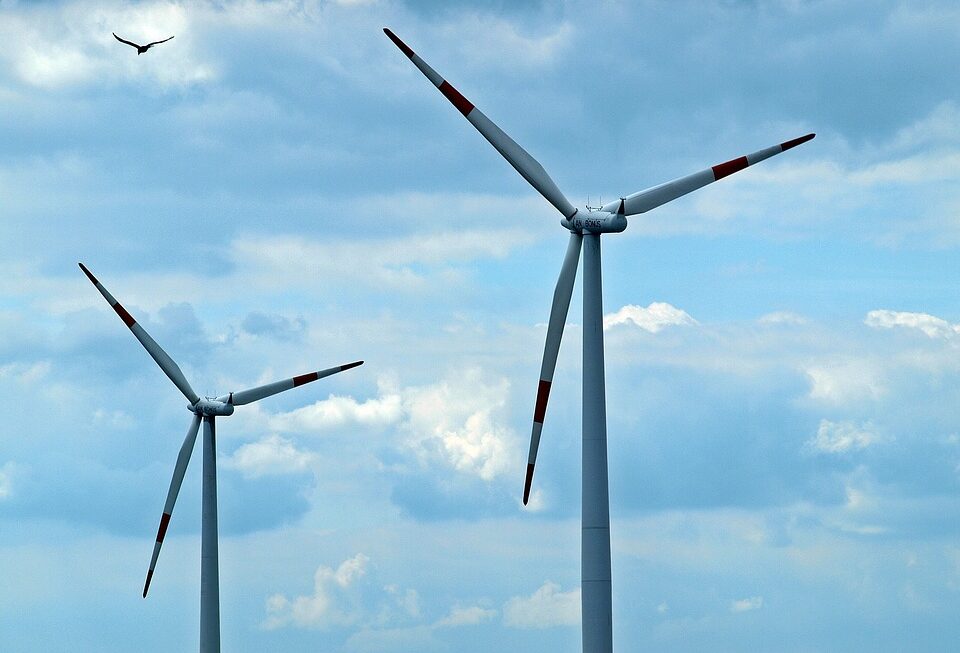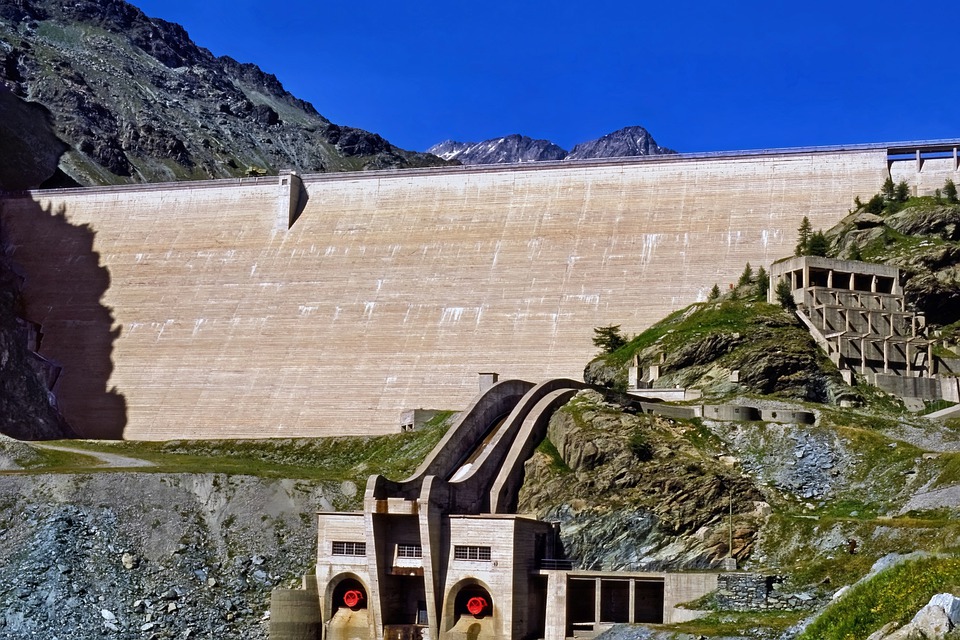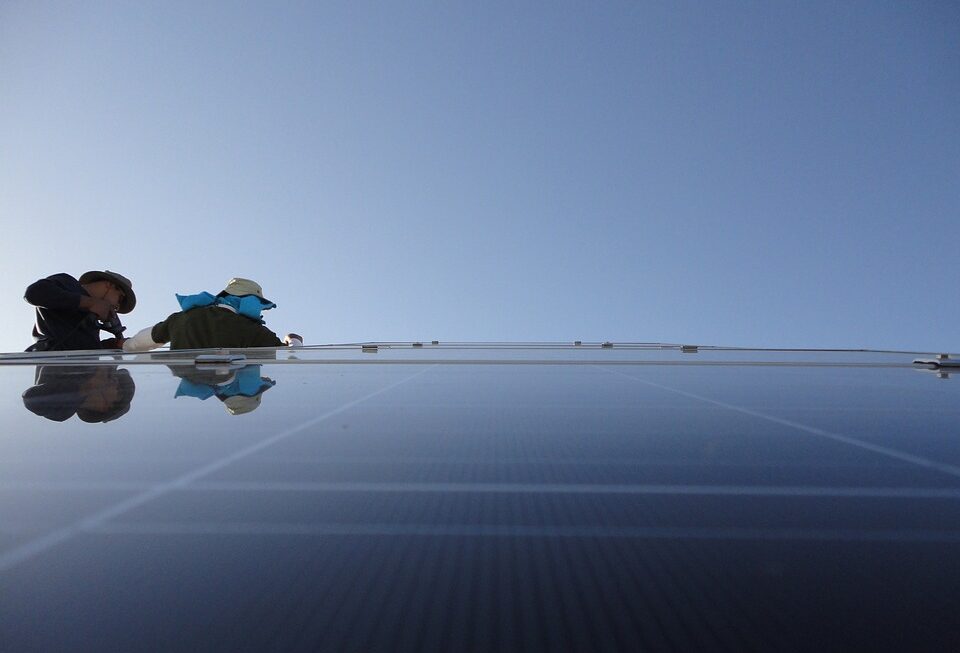[ad_1]
Geothermal energy is a renewable, sustainable, and cost-effective source of power that is abundant in many parts of the world. It has the potential to provide a significant portion of our electricity needs while also reducing greenhouse gas emissions and dependence on fossil fuels. In this article, we will explore the benefits of geothermal energy, how it works, its potential for widespread adoption, and address some frequently asked questions about this promising source of power.
What is Geothermal Energy?
Geothermal energy is heat from the earth that is used to generate electricity or directly heat buildings. The temperature of the earth’s crust increases with depth, and this heat can be harnessed to produce energy. Geothermal energy is found in the form of steam or hot water, which can be used to power turbines to generate electricity. It can also be used for direct heating in buildings and greenhouse operations.
Geothermal energy is an attractive source of power because it is renewable and reliable. Unlike solar and wind energy, which are intermittent and dependent on weather conditions, geothermal energy can provide a steady, 24/7 source of power. It also has a small footprint and minimal environmental impact, making it an appealing option for sustainable energy generation.
How Does Geothermal Energy Work?
Geothermal power plants harness the heat from the earth’s core by drilling deep wells into the ground to access the steam or hot water that is trapped beneath the earth’s surface. The steam or hot water is then brought to the surface and used to drive a turbine, which generates electricity. The heat from the earth can also be used directly for heating buildings and other applications.
There are three main types of geothermal power plants: dry steam, flash steam, and binary cycle. Dry steam power plants use steam from the earth to drive turbines directly, while flash steam power plants use hot water from the earth to produce steam, which then drives a turbine. Binary cycle power plants use a heat exchanger to transfer the heat from the earth to a secondary fluid, which then drives a turbine. All of these methods are efficient and reliable ways to generate electricity from geothermal energy.
Benefits of Geothermal Energy
Geothermal energy offers several benefits that make it an attractive source of power for the future. Some of the key advantages of geothermal energy include:
1. Sustainability: Geothermal energy is a renewable resource that is constantly replenished by the earth’s natural heat. It does not rely on the burning of fossil fuels, making it a sustainable and environmentally friendly option for power generation.
2. Cost-Effectiveness: Once a geothermal power plant is up and running, the cost of generating electricity is relatively low. The fuel source (heat from the earth) is free, and the operational and maintenance costs are relatively modest compared to traditional power plants.
3. Reliability: Geothermal energy provides a steady and reliable source of power, as it is not dependent on weather conditions. This makes it an excellent option for base-load power generation, complementing intermittent sources of renewable energy like solar and wind.
4. Small environmental footprint: Geothermal power plants have a relatively small land footprint and minimal environmental impact compared to fossil fuel power plants. They produce little to no greenhouse gas emissions and have low water usage, making them a cleaner and more sustainable option for power generation.
Potential for Widespread Adoption
Geothermal energy has the potential for widespread adoption as a primary source of electricity in many parts of the world. While currently, geothermal power plants provide only a small percentage of global electricity generation, the technology has evolved and continues to improve. As countries seek to reduce their greenhouse gas emissions and transition towards cleaner energy sources, geothermal energy is poised to play a larger role in the future energy mix.
In areas with high geothermal potential, such as the “Ring of Fire” around the Pacific Ocean and the East African Rift, geothermal energy could provide a significant portion of electricity needs. Countries such as Iceland and New Zealand already rely heavily on geothermal power for their electricity, and there is potential for expansion in other parts of the world.
Furthermore, advancements in technology and exploration techniques are allowing for the identification of new geothermal resources in areas that were previously thought to be unsuitable for geothermal power generation. As these resources are developed, the adoption of geothermal energy is expected to continue to grow.
FAQs About Geothermal Energy
To help address common questions and concerns about geothermal energy, we have compiled a list of frequently asked questions and provided answers below:
Q: Is geothermal energy renewable?
A: Yes, geothermal energy is renewable because it harnesses heat from the earth’s core, which is constantly replenished by natural processes.
Q: How much does it cost to build a geothermal power plant?
A: The cost of building a geothermal power plant can vary depending on the size and type of the facility, as well as its location. However, the cost of generating electricity from geothermal energy is relatively low once the plant is operational.
Q: Is geothermal energy only useful in certain parts of the world?
A: While geothermal energy resources are more abundant in certain regions, there are potential geothermal resources in many parts of the world. Advancements in exploration and drilling technology are allowing for the identification and development of new geothermal resources in previously untapped areas.
Q: Are there any environmental concerns associated with geothermal energy?
A: Geothermal energy has minimal environmental impact compared to traditional fossil fuel power plants. While there are some concerns about the release of trace gases and potential subsidence in certain geothermal fields, these issues can be managed with proper monitoring and mitigation measures.
Q: Can geothermal energy be used for heating as well as electricity generation?
A: Yes, geothermal energy can be used for direct heating in buildings, industrial processes, and greenhouse operations. This can be a cost-effective and sustainable alternative to traditional heating methods.
In conclusion, geothermal energy is a renewable, sustainable, and cost-effective source of power that has the potential to play a significant role in the future energy mix. With minimal environmental impact and a steady, reliable source of power, geothermal energy offers numerous benefits as we seek to transition towards cleaner and more sustainable energy sources. As advancements in technology and exploration continue to unlock new geothermal resources, the adoption of geothermal energy is likely to grow, helping to reduce greenhouse gas emissions and dependence on fossil fuels in the years to come.
[ad_2]



